AGEIA PhysX - Videogame History #60 - Retro Review
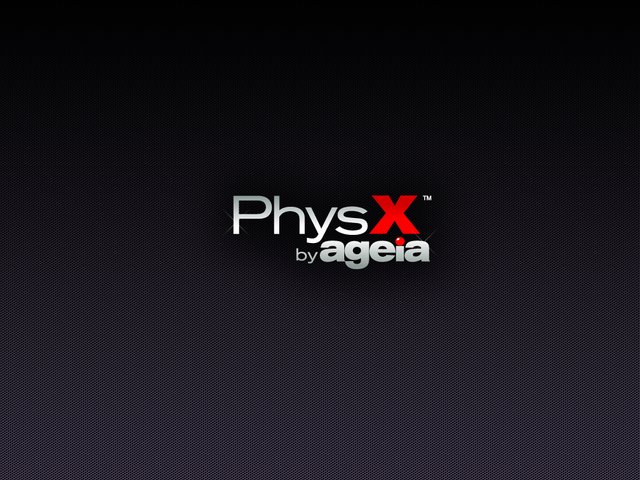
In the PC world throughout these years have brought innovations that positively affect video games, processors, graphics cards, RAM among other peripherals are always being updated to offer better performance to the user, currently the companies that are at the top of this market are Intel, AMD and Nvidia, however, there was a time when a company decided to get involved in this business, creating some of the most commonly used physical calculation engines, being crushed by the market for lack of support of videogame companies in those years, the forgotten AGEIA.
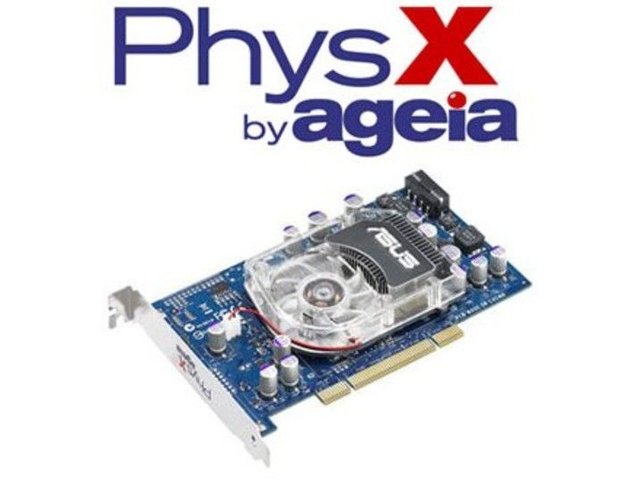
AGEIA was a company founded in 2002 which was responsible for the creation of semiconductors, since its inception was working on the creation of a new system that simulated the real physics of objects or fluids, example when a box crumbles into several pieces or a cascade of water crashing between rocks, in those years it was very difficult to see these effects realistically in video games, however, AGEIA could create it, this innovation took the name PhysX.
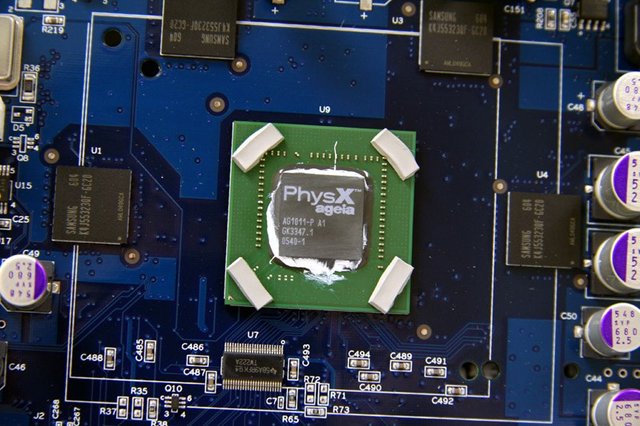
To implement the AGEIA PhysX a Physics Processing Unit (PPU) was designed. This would be very similar to a graphics card, but without any video output, it was connected through a PCI port, its technical specifications were simple (128 of GDDR3 memory, frequency to 733 MHz) allowed him to render in an excellent way the physics in the games, apart from that they served in the development of studies referring to the 3D world, so this dedicated hardware had a great future for being one of the pioneers in this aspect.
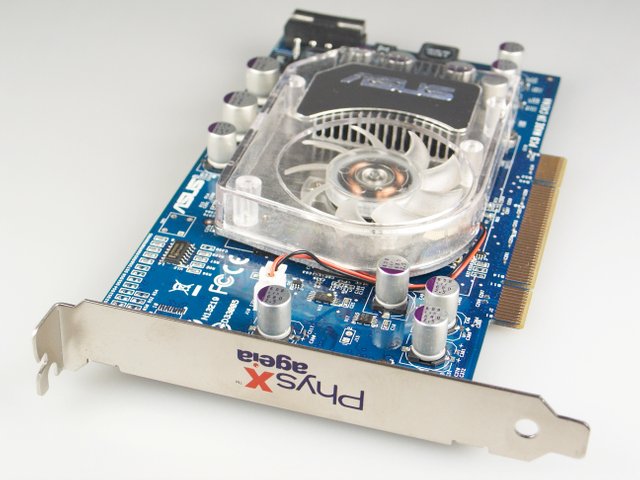
Once purchased the PPU came with an installation CD which contained the AGEIA PhysX Driver and software, it was fully updateable through its web page, the high-end PCs of the time had this peculiar hardware, this made they were quite attractive for the market, however there were few games that came out in those years with support for this technology, some knew how to take advantage of it excellently, others seemed to be experimenting, this is totally understandable since it was something very new.
One of the video games that came exclusively for this graphic engine was Cell Factor, launched on the market in 2007, it showed the great potential that AGEIA PhysX had, taking advantage of 100% of it, blood fluids, explosions, particle movements, effects of smoke and many other things were really incredible, sometimes it is difficult to believe that this video game was that year, as a curious fact in 2005 SONY made a contract with AGEIA to incorporate this technology to the PlayStation 3, this was for the purpose of Take advantage of the maximum performance of this graphic engine to solve complex problems of physics in video games.
In spite of how impressive the AGEIA PhysX was, it did not have much support from videogame development companies, only one hundred titles took advantage of this innovation, unfortunately it caused the sales of the AGEIA PPUs to be low, this made the few cards that existed were scarce due to the low production that existed, however, one of the companies that was very well-known called Nvidia took advantage of this, offering a large sum of money to buy AGEIA and all its technology, because of the economic situation of this company they accepted this offer, officially passing PhysX technology to Nvidia in 2008.

From that moment Nvidia worked on what they would call Nvidia PhysX incorporating it officially in the GTX 200 series cards, in addition to giving compatibility to the 8000 and 9000 series so that they were not totally obsolete, this acquisition made AGEIA remain in oblivion, only being remembered by those gamers who could experiment with this great innovation, it is interesting to see how large companies consume others acquiring more power in the market, despite this we must give a great credit to these great creations because thanks to them we can see how the world of video games has evolved during these last years.
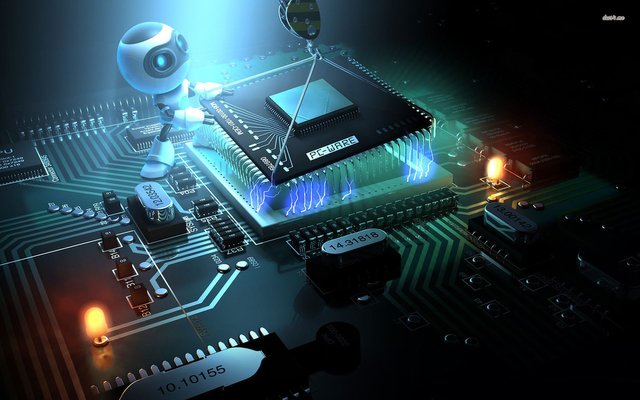
Source
See You!!!

I think one of the biggest problems that the PPU cards from AGEIA had was, that they were quite expensive, but not really adding that much to gaming. Of course a lot of particles floating around in a physical correct way are nice, but it doesn't really improve the gaming experience that much that it would justify the rather high cost of such a card.
I also think that gamers were a little annoyed by yet another extra thing to put into the PC, e.g. when dedicated sound cards disappeared nobody was really sad about that because integrated sound cards can do the same thing for most parts.